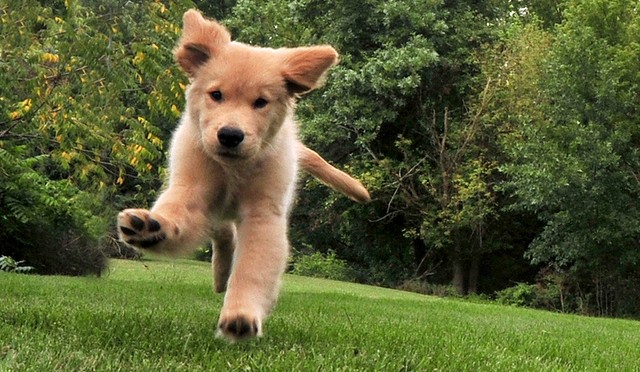Editors note: This is a guest post by the wonderfully talented Tina Eaton from Integrity. If you’d like to be a guest writer here on STL WP, let us know.

Originally a traditionally trained journalist, I naturally gravitated toward content strategy when I started working in the digital world. And where I work, content strategy includes learning about a wide variety of topics, including search engine optimization (SEO).
After writing countless WordPress user guides for clients, I became pretty familiar with the content management system and learned a lot about implementing SEO in a WordPress setting.
SEO is the practice of using keywords and/or phrases to increase the amount of traffic that a website receives from search engines. Search engines “crawl” a website and read the URLs, headlines, body copy, picture titles, author and social media links to determine what information this site is intending to share. From this crawl they gather popular and common keywords and recall these whenever a web search is performed.
The majority of traffic to a website comes from search engines, so the order in which search engines rank websites is very important. Google, the leading search engine, uses hundreds of algorithms to determine the order of websites on the search engine results page (SERP).
Here are a few basic guidelines for optimizing your content for SERPs using just the standard WordPress content fields.
Title and Body
Your title and main content area offer the most opportunity to use the keywords and keyword phrases that you have determined will produce the best SEO results. The title will appear on your website and should make sense in the context of the page or post. It should appeal to a human reader, not just to search engines crawling your site.
The content area should be human friendly while implementing strong keywords and keyword phrases. Organizing your content with headers and including outbound (send the user elsewhere) and inbound (keep the user within your site) links will aid your SEO.
Permalink
Edit your Permalink to be both SEO and human friendly. It should utilize keywords and be short and descriptive of the post or page. Click on the Permalink to write in what you’d like to change it to, when you click OK it will automatically format it.
Imagery
Search engines cannot read images, but they can read the text that is attached to them. When saving an image that you’re going to use on your website, use a common file type (JPEG, PNG, SVG, GIF, etc.) and a human-friendly name. Place the image within the text near the section that it is most relevant to. Use images and keywords that are relevant to the content.
When you upload your photo, choose to edit it. You can also visit the Media Library to edit pictures after they have been uploaded. Use a short, keyword-focused title. Enter a Caption if you would like to display a caption with your image. The Alternative Text, often referred to as “Alt Text,” should be straight forward and keyword heavy while avoiding “keyword stuffing.” The title and Alt Text are what search engines will use to read and identify your images, so if nothing else you should at least pay attention to the SEO value of these.
Enter a description if the person uploading the image might need to differentiate between similar images in the Media Library. Make sure to remove the Link URL so the image doesn’t open in its own page when clicked on, which can slow down your site and diminish SEO.
Categories and Tags
While Categories and Tags themselves aren’t especially powerful SEO tools, they aid in SEO in other ways. Think of categories as your website’s table of contents and tags as the index. When a search engine reads these, it helps it understand – and more effectively crawl – your website and indicates what topics your website is focused on. Categories and Tags also increase navigation and readability for users.
It’s important to remember there is no shortcut for creating quality SEO. Follow these guidelines and regularly post interesting, sharable content and you’ll be well on your way to increasing your SERP rank.
Tina Eaton, Project Lead and Content Strategist
Integrity
Online: http://integritystl.com
LinkedIn: https://www.linkedin.com/company/integrity
Facebook: https://www.facebook.com/IntegritySTL
Twitter: https://twitter.com/IntegritySTL
Pinterest: http://www.pinterest.com/integritystl/
Google Plus: https://plus.google.com/u/0/b/105249777997850952682/+Integritystl/posts




